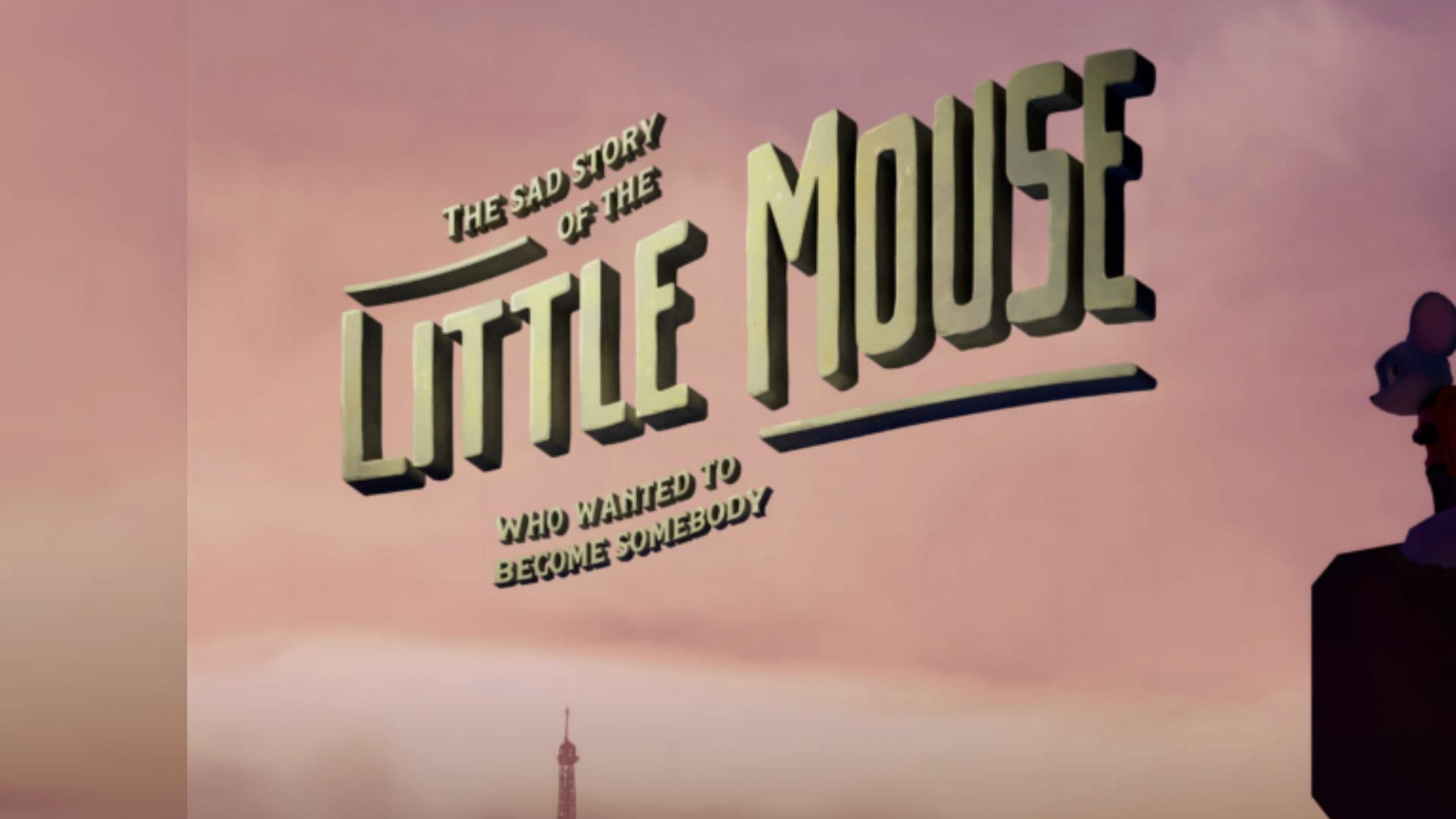
Christmas VR – The sad story of the little mouse
This VR narrative focuses on the paradox of the creative industry. The friction between art and industry, recognition and exploitation, empathy and ego. The thematic framework is Christmas VR. Because at Christmas, desire, myth, and market become particularly tangible.
At its center is a toy-maker mouse with great talent and an even greater ego who wants to become somebody.
The film does not use virtual reality as a gimmick, but as a storytelling tool that makes scale and closeness palpable. Sometimes we are as small as the mouse. Sometimes the mouse becomes small and we become large.
From Technology to Meaning in Christmas VR
The difference between external perception and self-image becomes the space we enter.
In particular, the aspect of room acoustics poses a challenge in implementation. Because the acoustic design significantly contributes to realism and immersion.
A central element for immersion in VR is binaural recording and the precise localization of sound sources. Furthermore, special microphones and capsules—such as those developed by companies like Sennheiser (e.g., the Ambeo VR mic)—enable realistic reproduction and mixing of soundscapes.
Professional software like Nuendo is used to purposefully design and mix 3D audio.
The development of dummy-head stereophony and binaural technologies began in Germany and continues to be advanced there. Other hardware and software solutions offer further potential for immersive soundscapes.
Augmented reality as a related technology uses similar approaches to create even more realistic experiences through 3D audio and virtual environments.
This is precisely where technology gets meaning. The merging of the visual and acoustic levels is crucial for immersive storytelling in VR and especially in Christmas VR. Because it intensifies the user experience and makes the virtual world believable.
Cinematic VR
Cinematic VR stands for a new generation of cinematic experiences in which the boundaries between viewers and story blur. At its core is the ability, with the help of virtual reality sound and immersive images, to fully immerse oneself in a virtual reality.
Unlike classic films that play on a screen, cinematic VR places the viewer directly into the space of the action. Every head movement, every turn with the VR headset opens up new perspectives and details.
The combination of advanced software, precise audio design, and powerful headsets creates an environment in which immersion is not just a buzzword, but a lived experience.
The virtual space becomes a stage where stories are not only seen but experienced. Whether in games, interactive documentaries, or artistic short films.
Cinematic VR opens up entirely new avenues for the entertainment industry and storytelling to convey emotions and complex narratives. The fusion of virtual reality sound and visual layers makes this form of storytelling unique.
Christmas VR
Christmas is traditionally a time full of magic, lights, and shared experiences. With the integration of virtual reality and virtual reality sound, the celebration gains a new dimension.
Virtual Christmas markets invite you to stroll, and a visit to Santa becomes an immersive adventure for the whole family. The possibilities for transferring Christmas traditions into virtual reality are diverse and inspiring.
By combining visual effects and spatial audio, an atmosphere is created that intensifies the feeling of Christmas and connects people regardless of place and time.
Whether virtually decorating the Christmas tree, listening to Christmas carols in 3D audio, or discovering digital gifts together.
Virtual reality makes the celebration tangible for all generations.
Thus, Christmas in virtual reality becomes an example of how technology and tradition can go hand in hand.
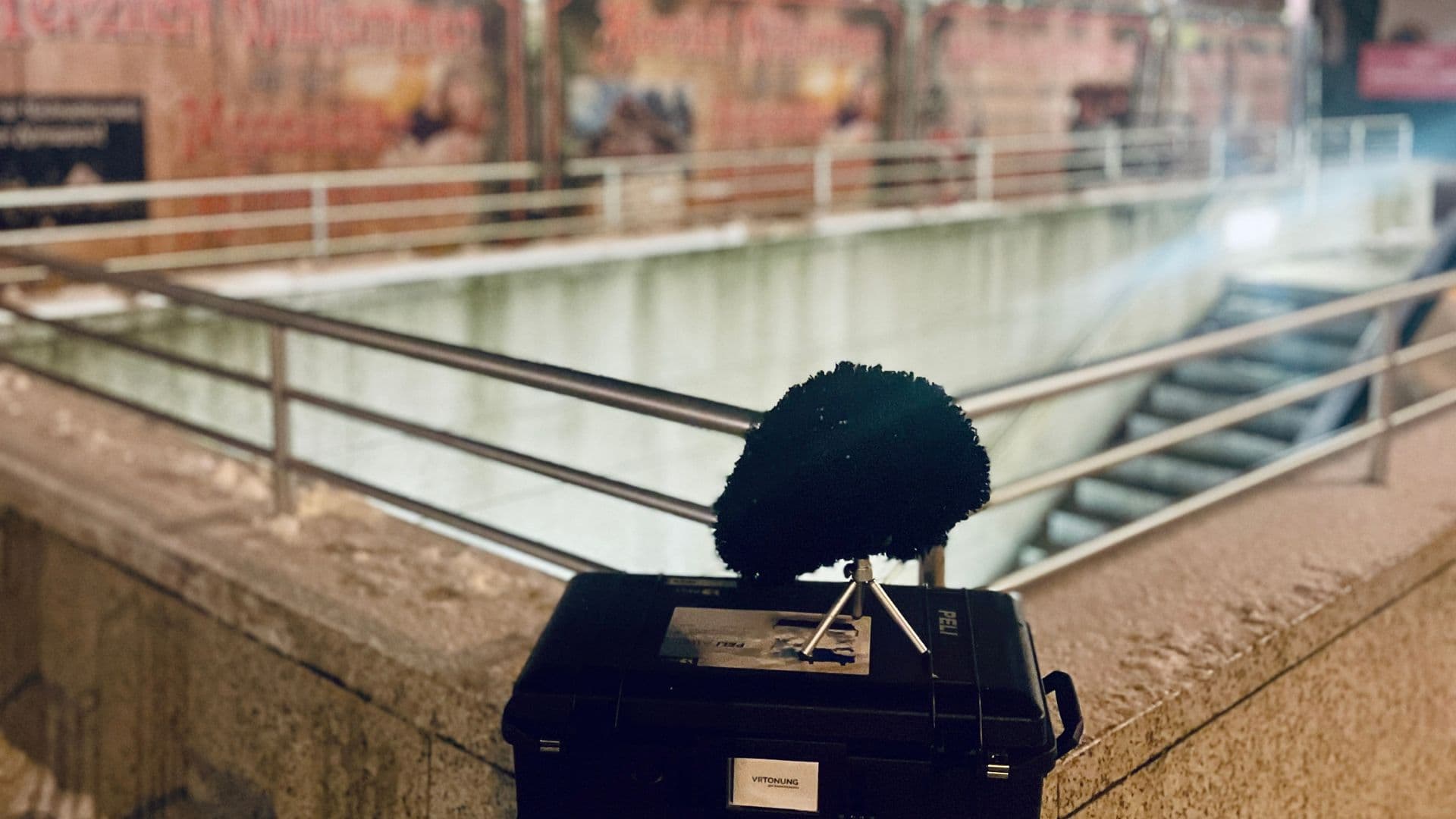
How we implemented it
The little mouse is deliberately old-school VR: 25 minutes of runtime focused entirely on story and immersion.
For VR, that’s relatively long and therefore varied in rhythm and perspectives. These perspective changes are not only visual; we tell them acoustically as well.
When we become microscopically small, breath, fabric, and tiny movements move close. When we are gigantic, the space expands and the sounds lose intimacy.
Through virtual reality, a new form of storytelling emerges here that makes it possible to experience stories in an innovative and immersive way.
Multisensory design of the virtual world
For this, I worked closely with a Foley artist. Every tiny step of the mouse can be heard. Even the slight clatter of her backpack and the tiny touches on the workpiece. It is precisely these details that bring her to life.
At the same time, we recorded with a real orchestra. That is still rare for cine-VR. Moreover, it gives the narrative high production quality and leitmotivic depth. The orchestral aspect also ties aesthetically to Christmas VR—without becoming too cheesy.
The music consistently follows the narrative perspective.
Sometimes it works cinematically in the background and guides emotion and dramaturgy. Sometimes it is part of the scene and sounds as if you were in the room with street musicians, or as if it were coming from a phone or an advertisement right next to us.
The mix was done in the highest spatial resolution, Ambisonics 7. Visually, the project combines 2D and 3D elements.
It features:
- hand-drawn 2D animation
- Quill passages
- stylized 3D animation with graphic, partly impressionistic textures
- lit in the spirit of film noir with deliberately dramatic contrasts
The emotional depth of the story is further enhanced by telling it in VR, as viewers can immerse themselves even more deeply in the action.
The music is by Siril Mareso, palpably shaped by classic Hollywood narrative cinema à la John Williams or Danny Elfman. In addition, the music is performed by the musicians of the Curio Orchestr. The focus is clearly on character motifs and orchestral playfulness.
The immersive experience for viewers becomes particularly intense and lasting through this innovative storytelling and the multisensory design of the virtual world.
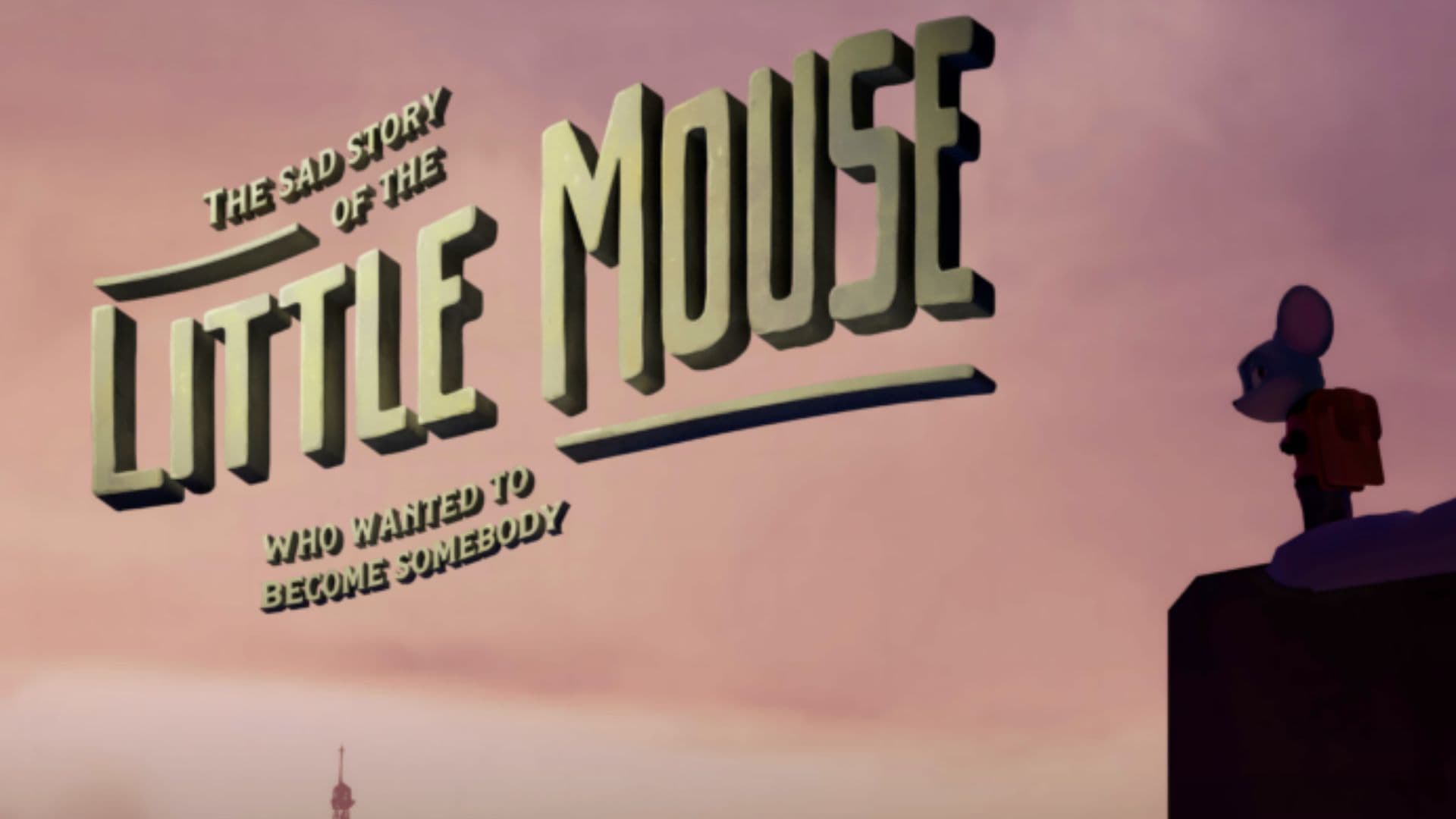
What the film is about
In a nameless city lives a little mouse with an obsession: to finally be somebody. She builds finely crafted toys, presents them at the market, and mocks the gaudy mass-produced goods. But then her arrogance drives her too far.
She reacts dismissively to a man’s criticism. However, she soon realizes that no one sees her anymore. Only the old man can still perceive her. He finally turns out to be Santa, who brings her into the largest toy factory in the world. The factory, the act of giving, and the expectations firmly situate the narrative in Christmas, in Christmas VR.
In a highly equipped prototype studio, accompanied by assistant Ruppert, the mouse produces at record speed. She “improves” the designs in secret, but Santa wants conformity, not authorship.
When an advertisement praises Santa’s latest invention the next morning, the mouse’s world collapses. The factory suddenly seems wiped out, and in the powerlessness, realization grows.
For one who wins, many lose. Not because they can do less, but because the world is arranged that way.
That night, she hears a boy crying with a toothache. She secretly swaps his tooth for a gift.
She also whispers an uncomfortable truth from which her own legend arises. She remains invisible. Be it mouse, fairy, projection screen. But she has finally become somebody.
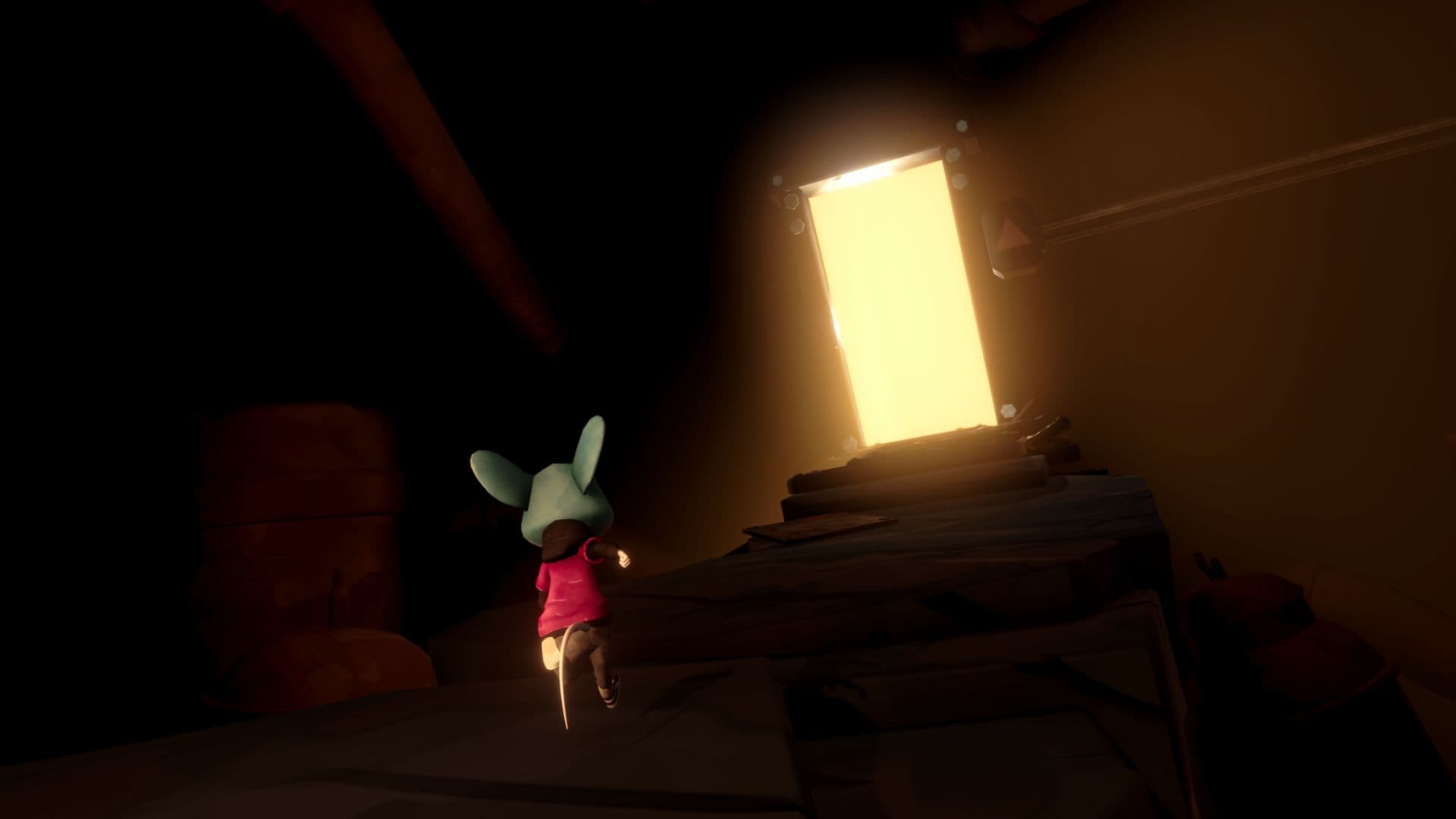
What makes “The Little Mouse” special
“The Little Mouse” is special for the following reasons:
- the co-production by Atlas V, Renard Films, and The Pack combines different strengths: a hybrid visual concept of 2D, Quill, and stylized 3D
- a real-time pipeline that links Unity with classic animation tools
- sound design that makes scale tangible as a motif.
Powerful hardware is crucial for creating immersive soundscapes in VR projects. The production used various approaches and technologies, such as binaural audio methods and surround-sound systems.
Other technical solutions, such as object-based audio formats or innovative microphone arrays, offer further potential for future VR experiences. They also enable an even more differentiated perception between visual and auditory impressions. In this way, Christmas VR can also be actively experienced.
Venice Immersive
The selection of films at Venice Immersive highlights innovative, experimental cinematic works, with viewers actively involved in the presentation and shaping the experience through their feedback.
The festival presentation includes several short films with a runtime of approximately 15 minutes each. 360° video formats and the use of headsets like Vive make it possible for viewers to immerse themselves even more deeply in virtual environments.
Consciously shaping reality
The benefits and experiences for viewers arise from innovative technologies that offer new forms of immersion and interaction. Detailed information, such as HRTF profiles, is essential for optimizing the sound experience and for headphone use. This ensures precise spatial sound reproduction.
An important aspect for realistic reproduction and precise localization of sound sources is the use of microphones and capsules, especially in binaural recording techniques.
Binaural microphones, such as Sennheiser’s Ambeo VR mic, enable lifelike 3D audio recording through the special arrangement of the capsules on the dummy head.
The mixing and playback of such 3D audio content is supported by specialized software such as Nuendo.
In addition, the development of dummy-head technology and binaural methods began in Germany. Afterward, it was continuously advanced by specialized companies.
Together with precise Foley work, a closeness emerges that lets the character breathe—without ever losing the room as a stage.
Here, reality is consciously shaped, and the possibilities of new narrative forms through VR are used for Christmas VR.
The role of intelligence is evident in the development of immersive VR experiences. These foster cognitive and emotional abilities.
The fact that we recorded a real orchestra for this is rare in cine-VR and crucial here.
Leitmotifs carry perspective shifts, and the grand orchestral gesture still withstands intimate distance.
The final mix in 7th-order Ambisonics preserves the fine work down to the micro-gestures and makes the shifts in scale perceptible as acoustic architecture.
Context — Where the work stands
“The Little Mouse” has already been shown at Venice Immersive. This is the XR section of the Venice International Film Festival (La Biennale di Venezia). This section was launched in 2017 and represents the first competition and the first official selection for extended-reality works at an A-festival.
Thus, the project stands precisely at the interface that it addresses thematically. This interface lies between artistic handwriting and industrial structures, between personal myth and public stage.
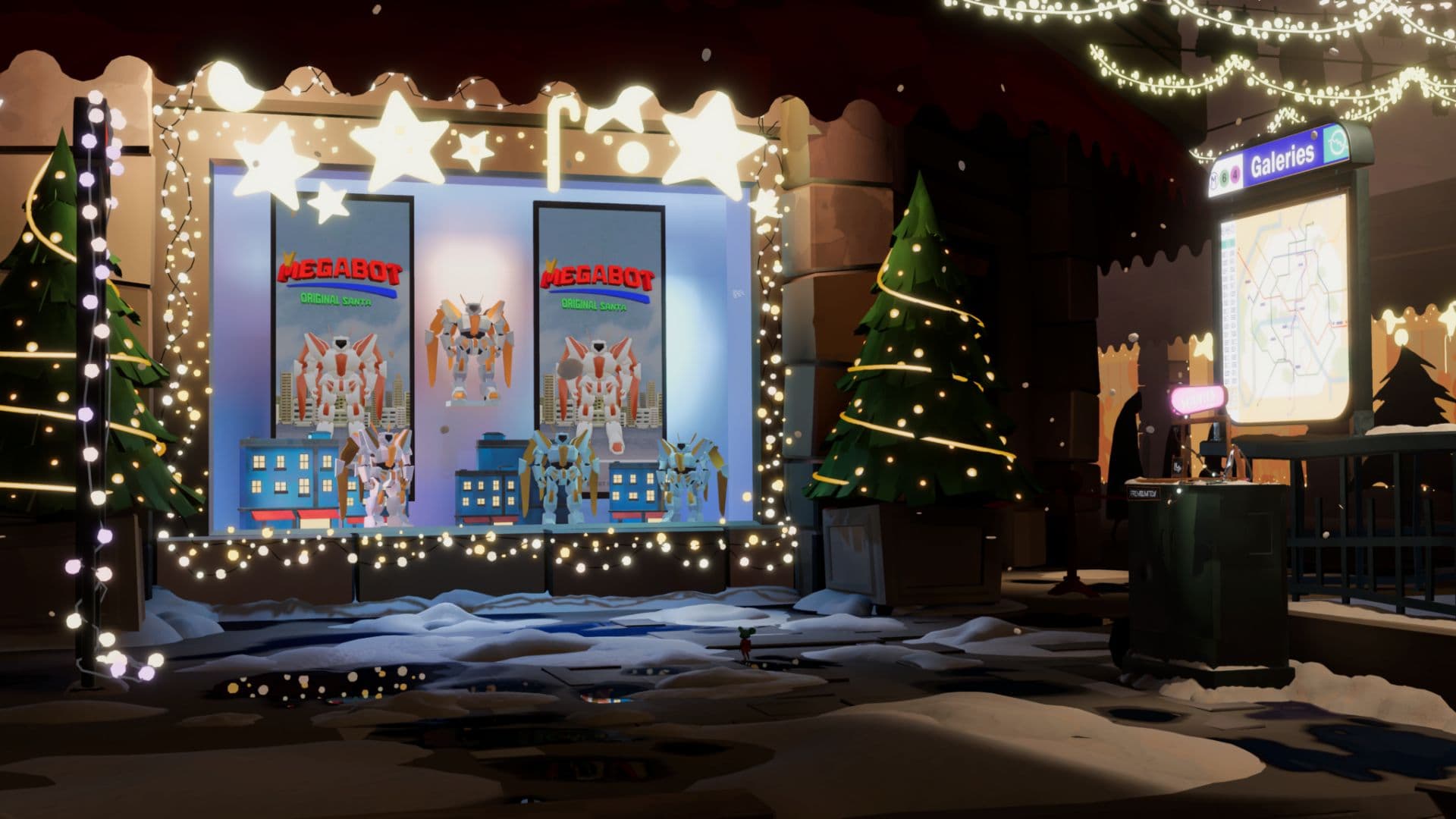
Challenges and limits
Every new technology brings not only possibilities but also its very own challenges. Virtual reality is no exception.
The potential of VR sound for immersive experiences is enormous—especially when innovative technologies such as binaural microphones, Ambisonics, or 3D audio engines are used.
Other technical approaches, such as the integration of augmented reality, open up additional possibilities and challenges for designing immersive soundscapes.
Especially in VR sound and VR storytelling, it becomes clear how closely technical innovation and artistic ambition are interwoven.
“The Little Mouse” repeatedly had to rub up against the limits of what is feasible in its development. But that was often precisely the appeal.
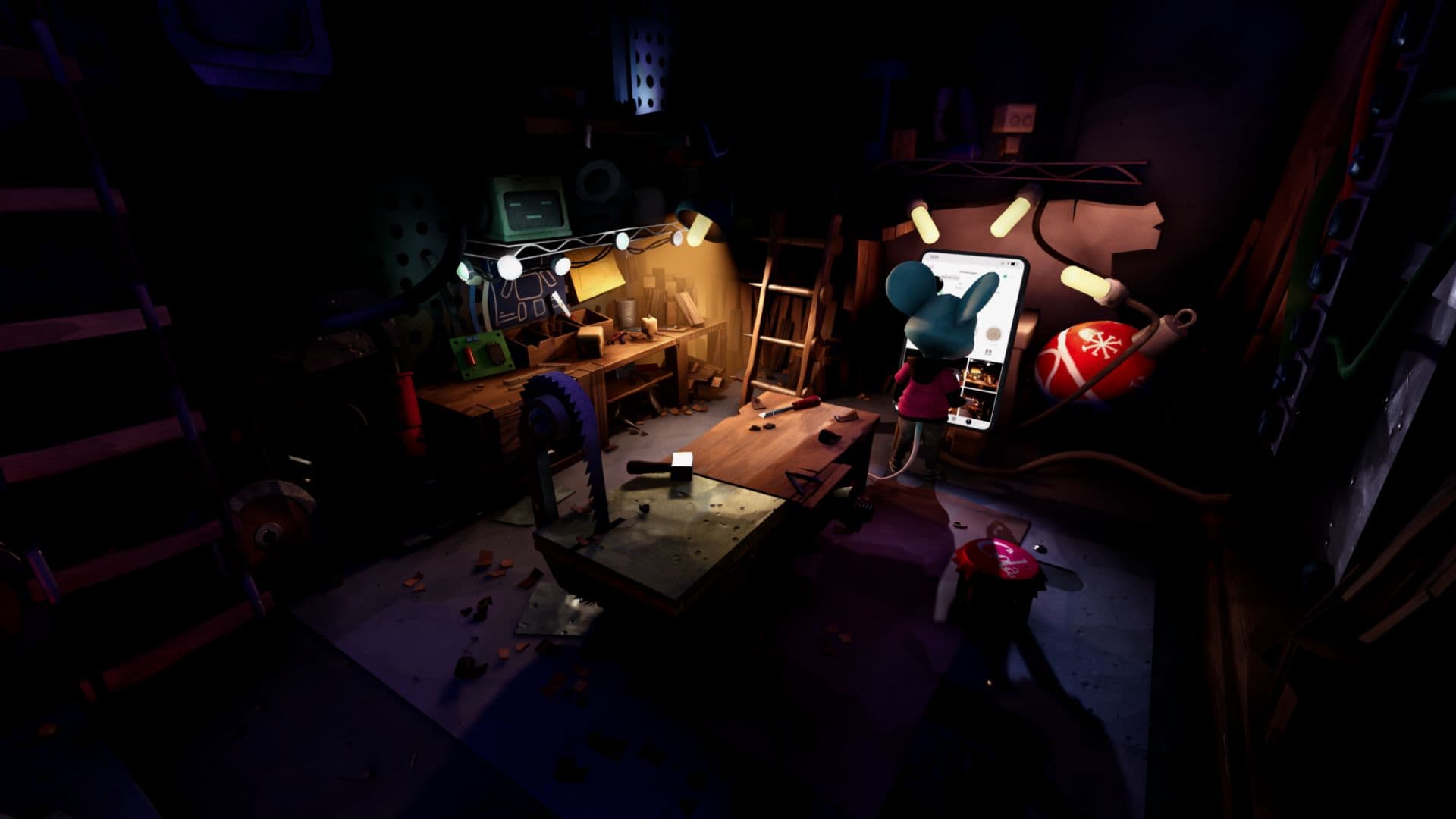
The challenges
A central theme is the listening experience. Ambisonics in 7th order opens up impressive spatial depth, but implementation demands precision in every recording and a deep understanding of the interplay of space, sound, and image.
The choice of software determines how flexibly and intuitively audio can be integrated into the VR Christmas environment.
The limits
But even with the most modern technology, mixing remains an art in itself. What sounds perfect in the studio over high-quality speakers or headphones can sound quite different on various devices and in varying environments.
The diversity of headphones, VR headsets, and speakers on the market makes a uniform listening experience nearly impossible. Each viewer experiences the world of “The Little Mouse” in their own way.
The connection of image and sound also presents studios with new tasks. The integration of hand-drawn animations, 3D elements, and spatialized audio requires not only technical know-how but also a fine sense for timing, rhythm, and emotional impact.
The choice of means is always also a question of style, cost, and available resources.
Especially in VR production, effort and price quickly rise when the highest quality is sought. The development of new tools and intelligent software helps. Yet the work often remains experimental and characterized by constant adaptation.
Narrative limits
Last but not least, there are narrative limits. Virtual reality can intensify closeness and empathy, but it can also overwhelm or distance if the balance between immersion and orientation is lost.
The number of possible perspectives, the choice of viewing direction, the role of music and language—all of this must be consciously designed so that the story succeeds not in its technical potential, but in its emotional truth.
Thus, virtual reality VR remains a field full of potential and open questions. “The Little Mouse” shows how far one can go with passion, teamwork, and a willingness to experiment. But also that the very limits of technology often produce the most exciting stories.
In an era in which computers, AR, and VR are increasingly part of our everyday lives, it is the art of storytelling that connects us—across all devices, spaces, and realities.
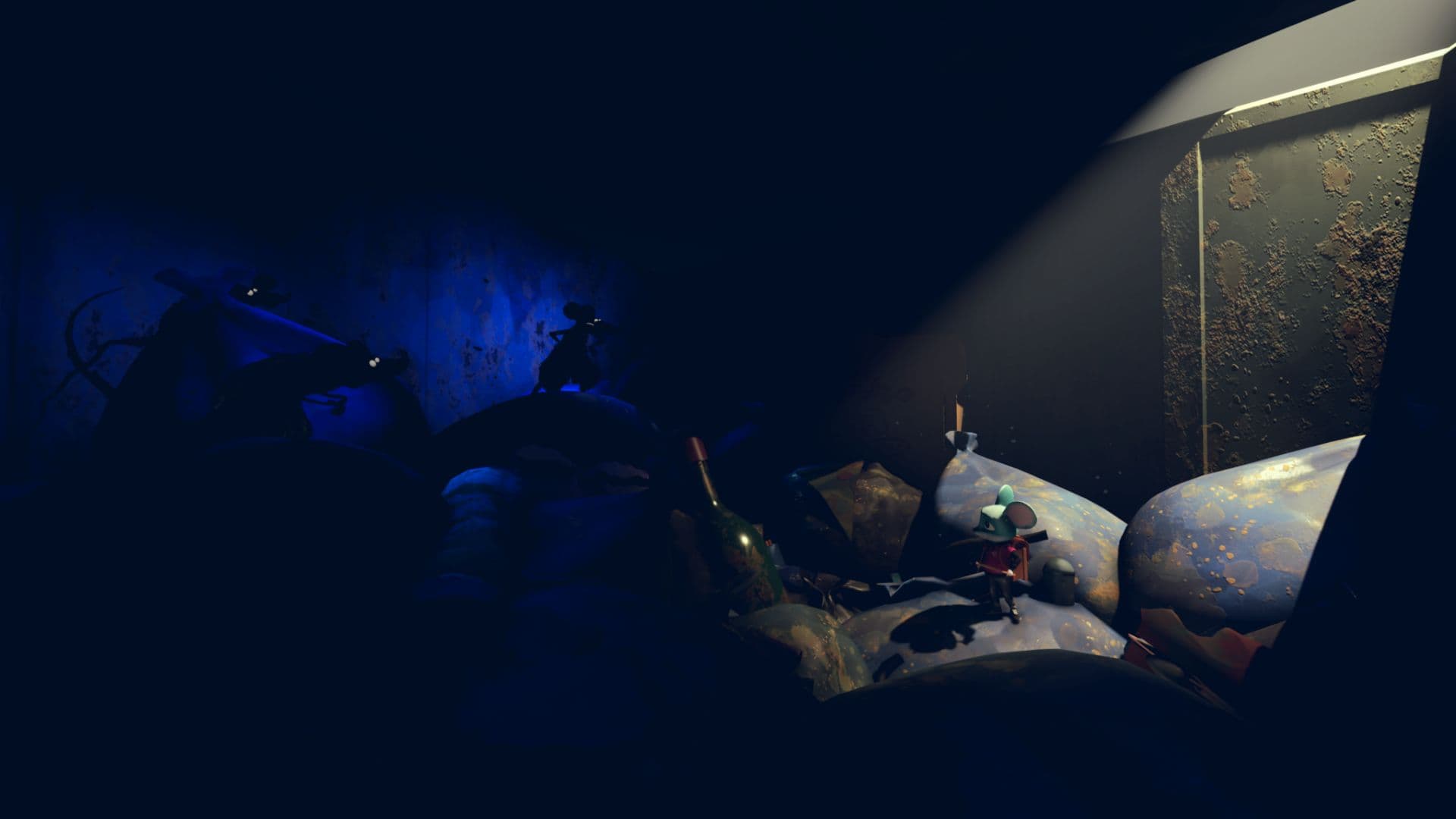
From the sound workshop: Virtual reality sound
For me, this project was special also because sound and perspective are inseparable. We not only change the size of the world but the proximity of its sounds.
When we are small, we hear the texture of the wood, the scraping of a file, the rustling of fabric. When we are large, the space pushes air between us and things.
Experience through audio
The Foley artist brought the mouse to life through every small sound, with the role of the head in binaural recordings being particularly crucial for spatial sound perception, since the shape and position of the head and the ear canals shape the listening experience.
The orchestra elevates the dramaturgy without VR show effects. In doing so, the music deliberately plays with narrative perspectives. Sometimes cinematic in the background, sometimes as a component of the space.
This is rounded off by the mix in 7th-order Ambisonics, so that even the finest spatial cues and micro-movements are preserved.
Unlike classic stereo recordings, Ambisonics allows a complete three-dimensional mapping of sound. This creates an acoustic precision as one would expect from Christmas VR.
At the end, the little mouse tells a simple, uncomfortable truth about the creative industry: Visibility is currency, credit is power, and self-images quickly become legends—or lies.
VR makes this dynamic physical. We feel how big or how small we are, and we hear what that does to us. The innovative form of storytelling in virtual reality intensifies the emotional impact of the film and opens up new possibilities for experiencing stories immersively.
That is precisely why this film needs no interaction. Its interaction is our empathy—while assistance for viewers in accessing VR experiences plays an important role. In the best sense of Christmas VR, empathy carries the narrative beyond technology.
I am also available for your project. If you want to move an idea forward or are looking for support, just write to me.
Just write me